Dexedrine Capsules
Dexedrine Capsules, containing Dextroamphetamine Sulfate, are a central nervous system (CNS) stimulant prescribed to treat Attention Deficit Hyperactivity Disorder (ADHD) and narcolepsy. Dexedrine helps increase attention span, focus, and control over impulsive behaviors by enhancing the activity of key neurotransmitters in the brain, such as dopamine and norepinephrine.
This medication belongs to the amphetamine class of stimulants and works by stimulating certain parts of the brain that help with focus and alertness. For individuals with ADHD, Dexedrine supports improved concentration and mental performance. For those with narcolepsy, it helps reduce excessive daytime sleepiness and sudden sleep attacks.
Dexedrine Spansule® extended-release capsules offer gradual absorption, providing sustained therapeutic effects throughout the day with a single morning dose. This can minimize the need for multiple doses and reduce fluctuations in symptom control.
Usage:
Dexedrine should be taken exactly as prescribed by a healthcare provider. Doses are individualized based on age, medical history, and response to treatment. It is typically taken once or twice daily, preferably in the morning to avoid insomnia.
Side Effects:
Common side effects include dry mouth, loss of appetite, trouble sleeping, nervousness, or increased heart rate. Misuse can lead to serious cardiovascular and psychological effects, so Dexedrine must be used responsibly under medical supervision.
Storage:
Store Dexedrine Capsules in a cool, dry place away from light and moisture, and keep out of reach of children.

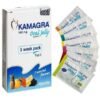
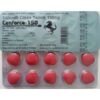
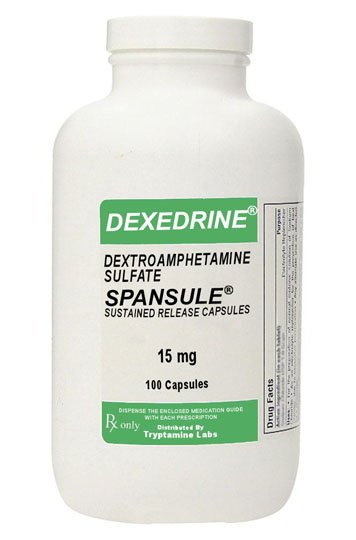

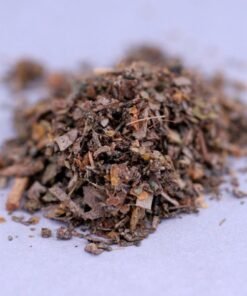
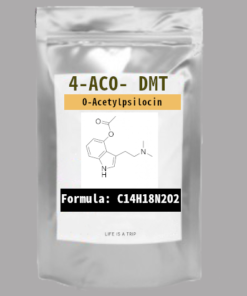





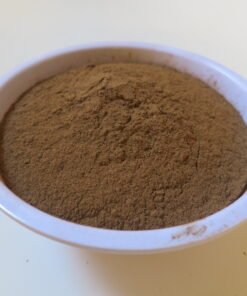


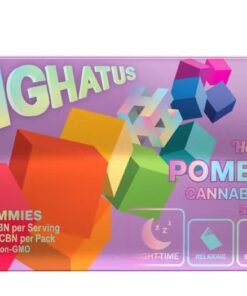

Reviews
There are no reviews yet.